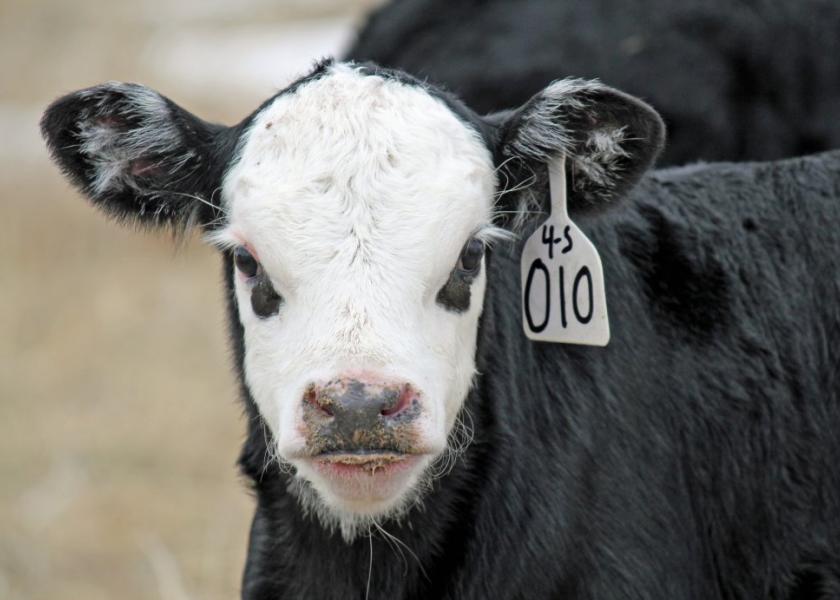6 Tips For Bottle Feeding Calves

No doubt, most cattle producers have had to work out a situation with a calf that is no longer able to nurse its mama. Possibly, the dam has died or maybe a rejected twin. Regardless, feeding a bottle multiple times a day can be rigorous at best.
A newborn calf that has been orphaned absolutely must receive colostrum. Calves are born with little defense against disease. True colostrum is only available from the first milking of a cow after calving, or commercially at feed and farm stores. This liquid gold provides a calf with its first and most important source of nutrients, and essential antibodies.
Tip #1: Within the first hour of birth, a calf needs five to six pints of high-quality colostrum, and then again within the next twelve hours. The timing of colostrum intake is important because of the gut’s ability to absorb the antibodies. Within six hours after birth, the stomach can only absorb two thirds of the available antibodies. By 24 hours, the absorption capacity is reduced to 11 percent. Also, at 24 hours of age, digestive enzymes break down and digest all of the antibodies.
Tip #2: Day two and thereafter, calves can be fed twice a day with a calf bottle and calf nipple. Milk replacer powders are reconstituted with warm water and make an excellent and oftentimes economical liquid feed for baby calves.
Tip #3: During the first three weeks of life, calves should be fed a milk replacer that contains all milk proteins made from dried skim milk or whey products. Milk replacers should contain 18 – 22 percent crude protein, 10 – 22 percent crude fat, and 0.5 percent crude fiber. These commercial milk replacers should be mixed and fed according to the manufacturer’s directions.
For the first part of life, all calves function as a simple-stomached or monogastric animals. At birth, the first three compartments of the stomach, the rumen, reticulum, and omasum, are undeveloped and do not aid in digestion. However, within four days, a calf can be introduced to calf starter and fresh clean drinking water; this introduction will allow the rumen to begin development. Calf starter is a very palatable feed, with adequate protein, minerals, vitamins and a coccidiostat.
Tip #4: During the first couple of weeks, calves will just nibble calf starter; only give about six ounces and remove the remaining feed daily. At three to four weeks of life, this intake will increase considerably. Feeding calves free-choice water will increase feed intake and weight gain. Hay should not be offered until calves are weaned from the bottle.
Tip #5: Calves can be weaned from milk when they are eating a pound and a half or two pounds of the calf starter, for at least three days in a row. This means that calves should not be weaned based on age but rather based on their feed intake. Some calves can be weaned at four weeks, but others may be up to 10 weeks old.
Tip #6: Calves can be weaned from milk either abruptly or gradually over three to seven days. After weaning, changes in the grain mix and housing should be made one at a time, over a two-week period.
A bottle-fed calf will not have the benefit of its dam’s milk with continued support of immunity. So, it’s critical to keep the calf in a clean environment. The calf will be vulnerable to diseases like coccidiosis and calf scours.







